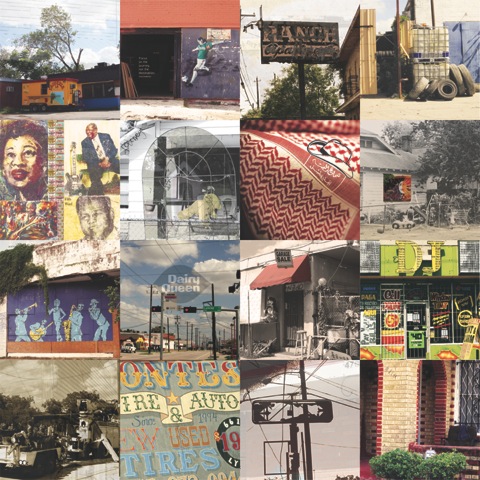Steel-Plated Petticoats: The Heroism of Women in Don Quijote
Keywords:
Don Quijote, Feminist Studies, ChivalryAbstract
Miguel de Cervantes’ Don Quijote is famous for its title character’s misconception of his role as a knight errant. Although his central character’s misguided adventures wreck only havoc, Cervantes does not leave his tale hero-less. Rather Cervantes cleverly transforms many of the novel’s “damsels in distress” into true portrayals of the heroic. By creating female characters who exemplify elements of the chivalric code, Miguel de Cervantes not only generates substantial and active female characters, affording the women of Spain a new dignity, but also differentiates Don Quijote via a more expansive dialogue on the heroic.
Using Burlin’s article, Middle English Romance: The Structure of a Genre, this essay will begin with an examination of the qualities understood to be essential for a knight errant: specifically, loyalty to one’s lord, guardianship of feminine honor, and discernment and defense of the just cause. Dulcinea de Toboso becomes the personification of loyalty as it is her forceful, if imagined, virtue which drives Don Quijote. Zoraida, the beautiful Moor, is representative of the guardianship of women as the rescuer of her feminized (cross-dressing) lover. Marcela, in her defense of herself to the shepherds, symbolizes of discernment and justice.
Each woman in some way restores order to Cervantes’ story world. By endowing the women in Don Quijote with reconstructive and heroic capabilities, Cervantes overturns the archetypal character of the distressed damsel of chivalric romances, establishing his story as unique and women as worthy of esteem.




